Sweden's refocus on national defence
Many nations are taking part in the Swedish exercise Aurora 2023. Deu Marfor is taking over the command of NATO maritime units. Totalförsvar was the motto of the Swedish exercise Aurora 23 and means nothing less than total defence. Sweden gave expression to this term with the largest defence exercise on its own territory for 30 years, which took place from 24 April to 11 May. In total, more than 26,000 men and women took part. Totalförsvar is an integral part of the national defence plan, which sets out the cooperation between the military and civilian authorities and organisations in the event of a defence situation. After the Russian annexation of Crimea in 2014, the...
Weiterlesen

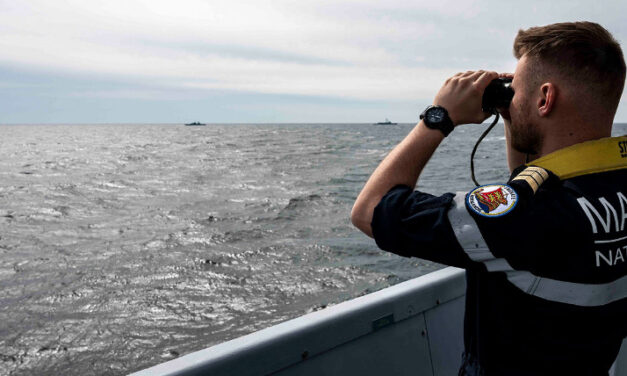
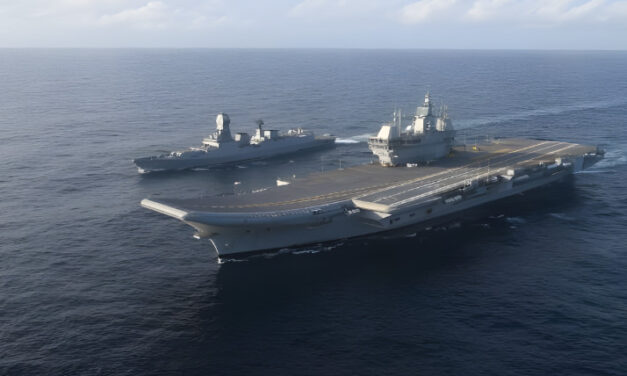
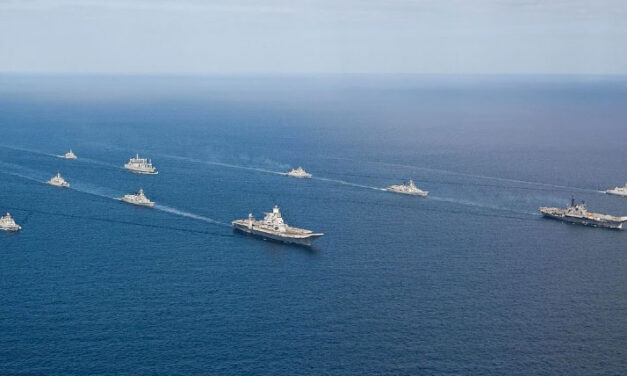
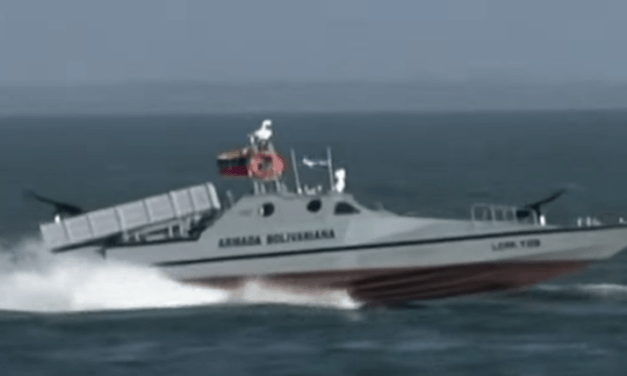
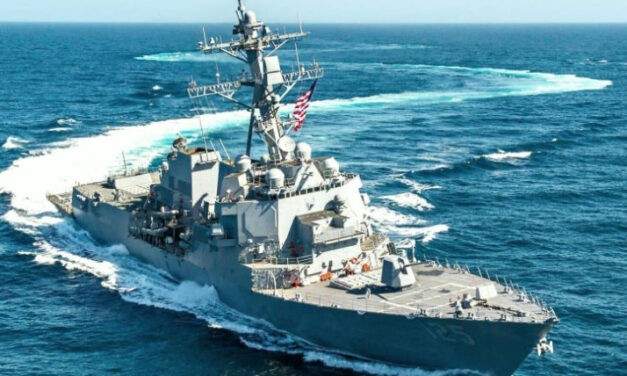
Latest comments